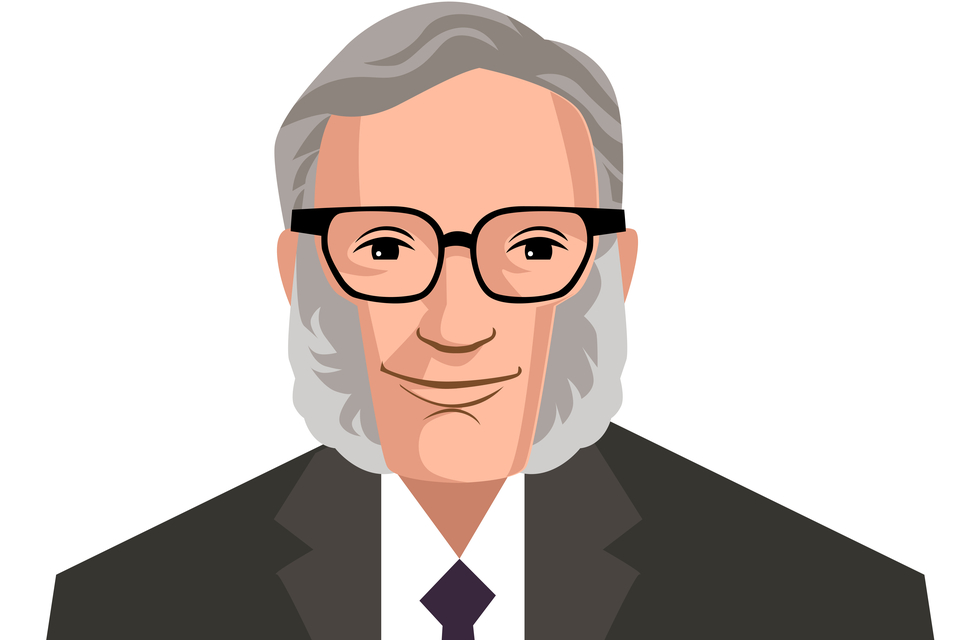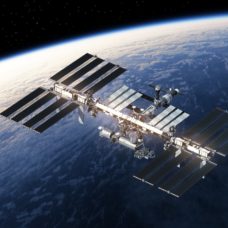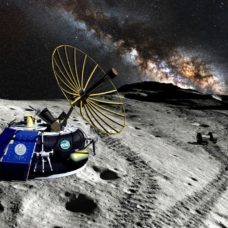A cult classic science fiction work, Blade Runner’s story is set in the year 2019, depicting a dystopian world on the verge of collapse.
The Running Man and Akira, both of which take place in 2019, also go in a similar direction.
As one of the sci-fi godfathers, Isaac Asimov had a pretty optimistic vision of the future world of 2019.
Leading into 1984, and as part of the Toronto Star series around George Orwell’s 1984, the creator of the “Three Laws Of Robotics” was asked to prophesize the world of 2019.
Read More: What the Sci-Fi Legends got Right
On Dec. 31, 1983, Isaac Asimov wrote in the Star newspaper:
“lf we look into the world as it may be at the end of another generation, let’s say 2019 — that’s 35 years from now, the same number of years since 1949 when George Orwell’s 1984 was first published — three considerations must dominate our thoughts: 1. Nuclear war. 2. Computerization. 3. Space utilization.”
Now, with the benefit of hindsight, how close are we to Asimov’s prophecies?
1. No Nuclear war, Still Nuclear Warheads
Isaac Asimov’s prophecy came from the early 1980s, a period marked by Cold War tension between the United States and the Soviet Union.
So, Asimov fittingly evokes the risk of a nuclear war at the beginning of his piece.
“If the United States and the Soviet Union flail away at each other at any time between now and 2019, there is absolutely no use to discussing what life will be like in that year.”
Thus, the great author assumes “there will be no nuclear war”, which he admits isn’t necessarily a “safe assumption”.
Isaac Asimov lived long enough to witness the official end of the Cold War. The world is no longer bipolar like it was back in the 80s and we have avoided a Nuclear Winter, so far.
However, the threat of nukes remains high as long as they sit readily-available.
How long can the five OG nuclear states (the US, Russia, the UK, France, and China) refrain from seriously working towards denuclearization?
Is a world free of nukes and other mass destruction weapons a utopia?
There are currently about 15,000 nuclear warheads in the world possessed by nine countries. Of these, 2,800 warheads are kept by the US and Russia permanently on high-alert status, deployed on ready-to-launch ICBMs.
The odds of a nuclear war are at their highest since the 1962 Cuban crisis.
2. Computers Have Entered Homes, Robots Following Suit
“Computerization will undoubtedly continue onward inevitably. Computers have already made themselves essential to the governments of the industrial nations, and to world industry: and it is now beginning to make itself comfortable in the home,” said Asimov.
Asimov rightfully compares computerization to the first Industrial Revolution.
Predicting the shift to be more rapid and more painful than with industrialization, he emphasizes that “the growing complexity of society” will make it impossible to do without computers.
Asimov foresaw that robots and computers would radically change the workplace.
Automation is already working towards destroying 14% of jobs, but it’s also creating even more new ones. Again Asimov correctly noted that “the jobs created are not identical with the jobs that have been destroyed.”
Per the World Economic Forum, machines and algorithms now assume about 30% of workplace tasks. This figure could jump to 52% by 2022.
By then, automation would have created 133 million new jobs compared to 75 million displaced.
So, Asimov got this one dead right.
3. Space Underutilized
Space, one of Asimov’s favorite subjects, is where his predictions get less accurate.
“If militarism fades, we will do more with [space] than make it another arena for war. Nor will we simply make trips through it. We will enter space to stay. With the shuttle rocket as the vehicle, we will build a space station and lay the foundation for making space a permanent home for increasing numbers of human beings. By 2019, we will be back on the moon in force.”
We’re far away from having mining factories or a “solar power station” on the Moon. And, unfortunately, it will probably be a long while before humanity can build a permanent lunar settlement.
Other than that, Asimov touches on the issues of overpopulation, pollution, and correctly predicts the rising issue of environmental pressure.
However, he may have been too optimistic hoping that by 2019 technology will enable us to reverse the deterioration of the environment.
Well, if they got a lot right, Asimov’s predictions also leave you with a sense of underachievement, like we could’ve done more and better. You can take your reading into this as a good litmus test of your optimism or pessimism.


















I read and loved his books as a child, he may have been very accurate, yet on the wrong time frame